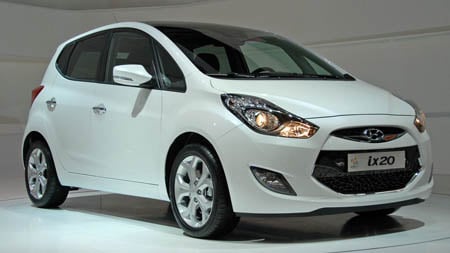
This is the Hyundai ix20 which made its world debut at Paris. Described by its maker as “MPV” and “B-segment”, one can see this as a Matrix replacement. It’s actually a restyled Kia Venga, which means it’s a still a five seater, but a large one that offers more space than Hyundai’s traditional B-segment supermini, the i20.
To give you a better idea on the size, the ix20 is 4.1 metres long and has a 2,615 mm wheelbase. The 3,920 mm long Honda Jazz, which is a very space efficient B-segment car, has a 2,500 mm wheelbase while the original Naza Citra (Kia Carens) had a 2,560 mm wheelbase. Sitting inside to snap the cabin shot you see here, I can confirm that the car does feel very spacious thanks to its tall roof.
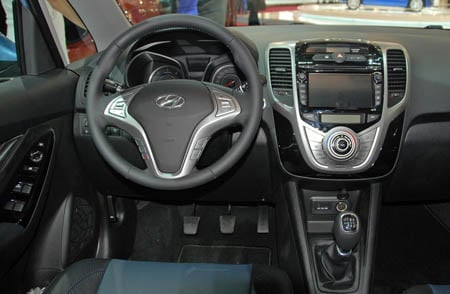
It doesn’t look too gawky from the outside though. The ix20 features Hyundai’s “fluidic sculpture” theme so you see a lot of design lines all over the place. The face is prominent, thanks to the hexagon grille (check out the unique detailing) and large upswept headlamps, and is easily recognisable as the Tucson’s sibling. Hyundai says that this is a “friendly face” – what do you think?
All four engines – two petrol and two diesel from 77 PS to 125 PS – are Euro5 compliant. Every drivetrain combo except for the 1.6 auto will be available in Blue Drive form, which consists of Integrated Stop & Go (ISG) tech, low rolling-resistance tyres and an alternator management system. Hyundai expects a maximum 5-star Euro NCAP rating for the ix20.
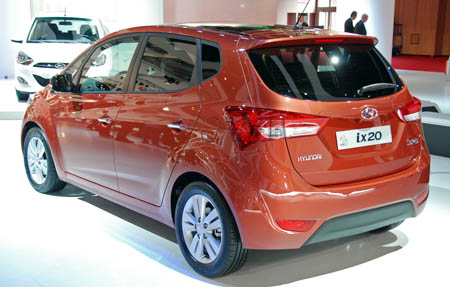
Designed and developed at Hyundai’s R&D centre in Russelsheim, Germany, the ix20 will be made at the company’s newest European plant in Nošovice, Czech Republic. Perhaps Hyundai should locally assemble this model in Malaysia, too.
Looking to sell your car? Sell it with Carro.

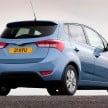

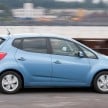
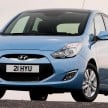
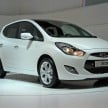



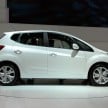
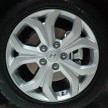
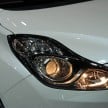
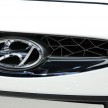

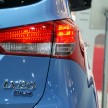
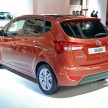
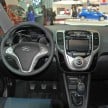
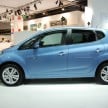
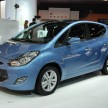
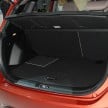
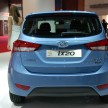
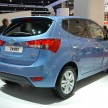
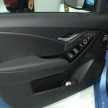
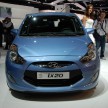
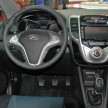
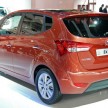










AI-generated Summary ✨
Many comments express interest in the Hyundai ix20, viewing it as a stylish, compact MPV suitable for urban driving and downsizing from larger vehicles. Enthusiasts discuss its platform, role as a successor to the Matrix, and its potential to compete with models like the Jazz and Myvi. Some comments compare its design to other Hyundai or Mitsubishi models, while others highlight its safety, space efficiency, and European design influences. There are discussions on pricing, anticipated arrival in Malaysia, and the importance of competitive value. Overall, the sentiments are positive, with readers eager to see how Hyundai's new B-segment MPV performs in the market, appreciating its modern design and possible advantages over older or less versatile models.